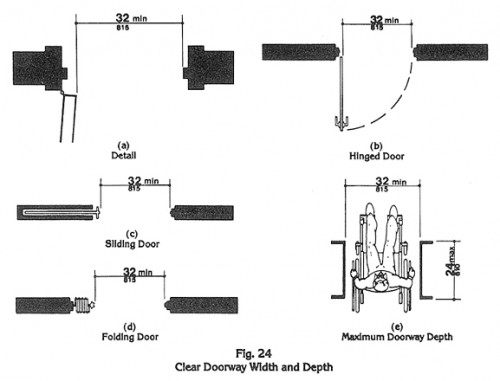Fast-growing firms with multiple departments face the same struggles: their departments can’t seem to align visions regarding people, processes, and technology. This causes inefficient processes, poor data visibility, and missed deadlines.
Using enterprise architecture to undergo digital transformation is one way to combat that problem.
What makes enterprise architecture so unique is that it focuses on more than just process improvement. It helps facilitate effective communication as well. Ultimately it sets up a company to be successful with its digital transformation process.
But what is digital transformation, and why is it so important?
Digital transformation, in layperson’s terms, is the reason why architects and engineers don’t design with pencils and paper anymore. It is the process of using new technology to improve the efficiency of a certain operation. The trick is in implementing this new technology in a way that maximizes the benefits for efficiency, requiring strategic steps for success.
Three strategic steps of digital transformation
Organizational Health
Organizational health can be described as the alignment of management, operations, strategy, and culture. Many firms promote a culture that strives for innovation and improvement, but struggle to create a strategy to achieve it. Without a strategy, new operations or systems struggle to be implemented and change becomes a pipe dream. Firms with poor organizational health experience poor communication skills between departments, more stressed employees, increased lack of productivity, wasted resources, and higher employee turnover.
It is proven that a healthy organization trumps a smart organization. A smart organization means the employees are highly experienced and knowledgeable in their fields. If there is a healthy organization with less experience but their management, operations, strategy, and culture are aligned, they will be more successful than a smart organization with much more experience but without that same alignment. This is because a healthy organization breeds an environment for continuous learning, high productivity, low turnover, and minimal politics to make up for the lack of knowledge.
Digitization
When a company has good organizational health, they can begin the next step: digitization. Digitization is where the firm will first start seeing the internal benefits of the digital transformation process. This is when roles are established, processes are mapped, and product flow is maximized. Much like the previous example of architects going from designing with pencil and paper to using computer software. Digitization will automate many human driven processes and free up employees’ time to handle more important tasks. This eventually leads to operational excellence, meaning the firm is working as efficiently as possible with the current technology available.
Digitalization
Once operational excellence is achieved, digitalization can begin. This is where most financial benefits will be seen from digital transformation. Digitalization is where improvement changes from internal to external. Instead of focusing on improvements to business operations, the focus is on customer experience. Digital offerings are the technical term for these improvements. An example of a digital offering would be VR tours of a client’s building. Not only would this be a fun activity with customers that would improve their experience, but it will also help with communication and allow the architect to better explain something to a client with limited architectural knowledge. This is the purpose of digital offerings. To make business improvements with the customer’s perspective in mind in hopes that it betters their experience and attracts more customers.
Digital transformation isn’t something that happens overnight. Each step can take anywhere from a few months to multiple years. The key is making sure everyone is on the same page regarding the digital transformation process and what the objectives are along the way. It is crucial to have someone knowledgeable in the field of digital transformation, such as an enterprise architect, to lead this initiative. This is a delicate process which must be approached by someone who knows the do’s and don’ts of the process based on personal experience and research.
At EVstudio, we aren’t just interested in making your vision a reality. We’re dedicated to doing so as the best version of our company that we can be. If you’re interested in working with us, please let us know!







